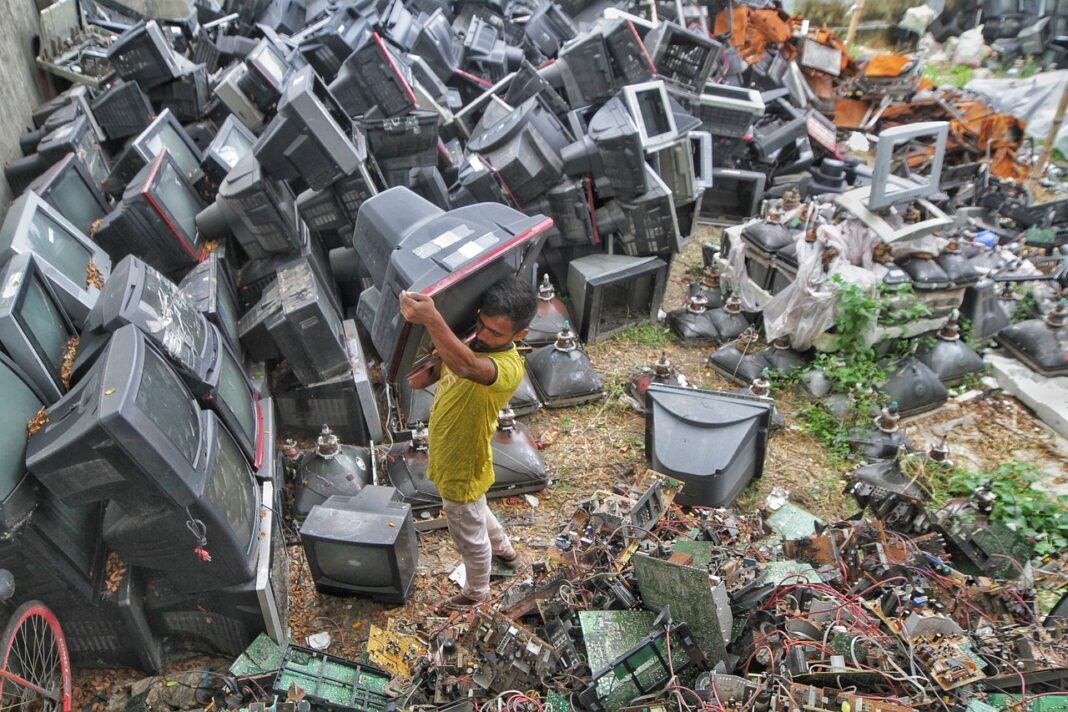The Great Wall of China is considered to be the heaviest artificial object on the planet. However, people produce much more electronic waste every year. According to scientists, we will produce over 57 million tons of electronic waste by the end of 2021. That’s the amount that would create a giant mountain.
The production of electronic waste is constantly increasing
Every year, the production of electronic waste increases by 2 million tons. It is very important that this waste is recycled in an efficient way. At present, less than 20% of this waste is recycled. The assessment is by an international expert group dedicated to tackling the global problem of waste electrical and electronic equipment (WEEE). Users must recycle their electronics.
According to a 2019 report by the World Economic Forum, the world’s electronic waste has a material value of $ 62.5 billion. People around the world have millions of disused devices at home that are full of valuable elements that can be used to make new electronics. The most valuable elements in mobile phones include gallium, arsenic, silver, indium, yttrium and tantalum.
Consumer behavior only makes the situation worse
The current electronics market supports the trend of constantly buying new electronics. This can be clearly seen with mobile phones, very rapid progress has been made here and users are increasingly changing older devices to new ones. Limited electronics repair options are also a problem, many people prefer to buy new electronics because a broken one cannot be repaired or repair is complicated and expensive. It is important that consumers are better informed about the importance of recycling e-waste. When a tonne of electronic waste is recycled, emissions of about two tonnes of carbon dioxide are avoided.
Source:
https://weee-forum.org/
https://www.weforum.org/
Credit: Pixabay.com

















